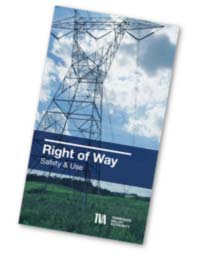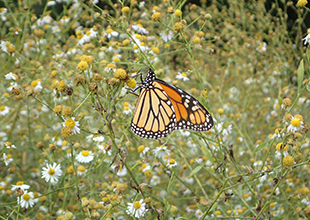Right of Way Maintenance
TVA will follow specific guidelines for right of way vegetation maintenance practices outlined by a federal court injunction while continuing to provide safe, reliable energy. Find out more.
Safe, Reliable Power Is Our Goal
- It keeps us comfortable in our homes
- It keeps our businesses prospering
- It keeps our schools open
- It keeps our industries and hospitals open and operating smoothly
Our lives and livelihoods depend on the flow of safe and affordable power that’s there when we need it. And few things threaten flow as much as trees and other plants that grow too high or come too close to power lines.
Each year in the United States, power outages cause an estimated $80 billion in damage to our economy. A significant percentage of these outages are caused when trees and power lines get too close together.
That’s why TVA works so hard to keep trees, shrubs and other plants away from its power lines, towers and other transmission structures.
Vegetation Devastation
When trees or branches get too close to high-voltage transmission lines, electricity can arc through the air like a bolt, seeking the nearest path to the ground. When that path is a tree, it can short out the line, severely damage or destroy nearby property and structures, and present a risk to public safety.
Trees or branches don’t even have to touch the line for this to happen. At the extremely high voltages that transmission lines carry, electricity can flash over through the air to any branch or tree that gets too close.
The cost of contact can be extreme. Consider the historic blackout of the northeastern United States and most of southern Ontario that happened on August 14, 2003. Power went off at 4 p.m., and wasn’t restored until late in the evening—or in some cases, the next morning. Eleven people died as a result of the blackout, and the economic impact was estimated at $6 billion dollars.
The culprit? A single tree that came into contact with a transmission line in Ohio, triggering a cascade of events that within two hours had blacked out millions of homes and thousands of businesses, paralyzing rush hour traffic and shutting down fans and air conditioners on one of the hottest days of the year.
One tree. Millions of people affected. Billions of dollars lost.
TVA's Integrated Approach
TVA takes an integrated vegetation approach to the right of way—the area around the transmission lines that must be clear for power to be delivered safely. Rather than clear-cut or mow, as some other companies do, integrated vegetation aims to improve safety and prevent outages by creating healthy and self-sustaining ecosystems in the rights of way—benign eco-systems where tall trees won’t grow.
Integrated vegetation management harnesses the power of nature to create a permanent habitat dominated by woodland grasses, ferns and low-growing shrubs like blueberries and blackberries. By combining selective use of herbicides with physical removal, integrated vegetation management can more thoroughly eradicate problem vegetation and allow more compatible species to fill in, making it harder for tall-growing trees to re-establish.
See how the integrated vegetation management of TVA’s right of way is supporting pollinator habitats and helping re-establish native grasslands.

